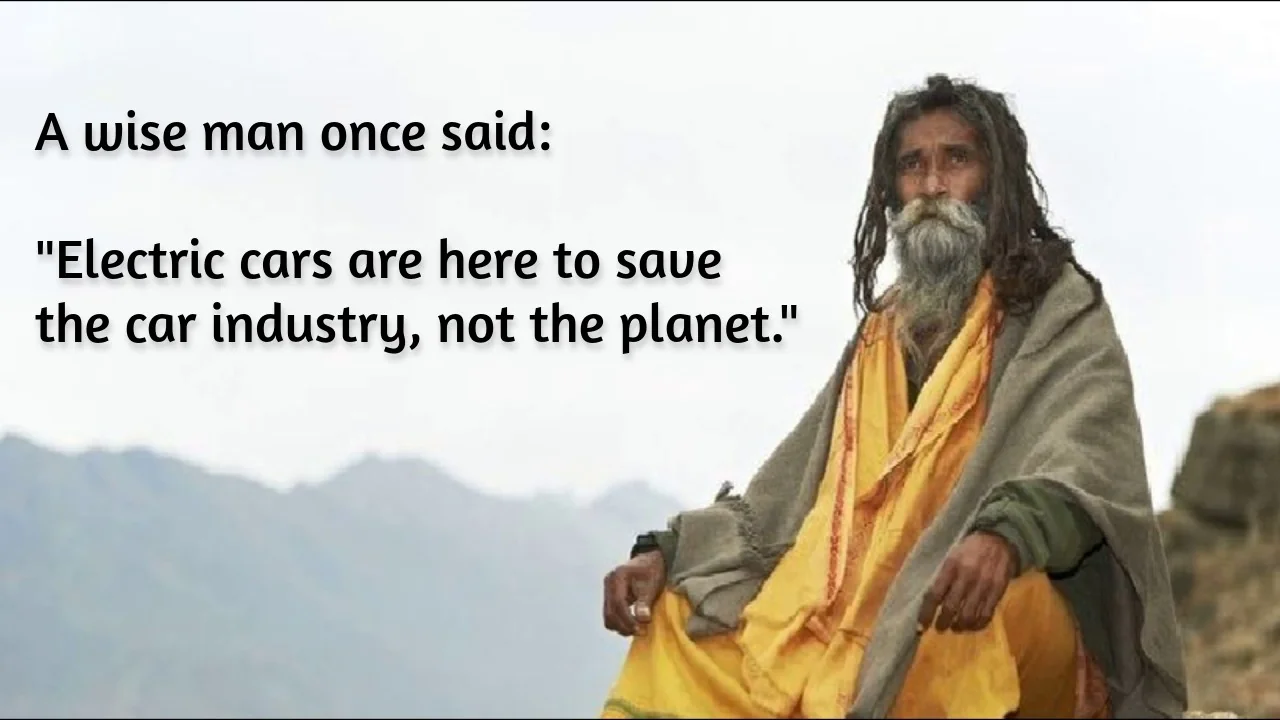view the rest of the comments
Fuck Cars
A place to discuss problems of car centric infrastructure or how it hurts us all. Let's explore the bad world of Cars!
Rules
1. Be Civil
You may not agree on ideas, but please do not be needlessly rude or insulting to other people in this community.
2. No hate speech
Don't discriminate or disparage people on the basis of sex, gender, race, ethnicity, nationality, religion, or sexuality.
3. Don't harass people
Don't follow people you disagree with into multiple threads or into PMs to insult, disparage, or otherwise attack them. And certainly don't doxx any non-public figures.
4. Stay on topic
This community is about cars, their externalities in society, car-dependency, and solutions to these.
5. No reposts
Do not repost content that has already been posted in this community.
Moderator discretion will be used to judge reports with regard to the above rules.
Posting Guidelines
In the absence of a flair system on lemmy yet, let’s try to make it easier to scan through posts by type in here by using tags:
- [meta] for discussions/suggestions about this community itself
- [article] for news articles
- [blog] for any blog-style content
- [video] for video resources
- [academic] for academic studies and sources
- [discussion] for text post questions, rants, and/or discussions
- [meme] for memes
- [image] for any non-meme images
- [misc] for anything that doesn’t fall cleanly into any of the other categories

Well yes, if you live in the middle of nowhere with literally no one else nearby, then public transport obviously doesn't make sense. But that's not where most people live.
A large part of the population in the US doesn't have access to public transport not because it wouldn't be viable, but because car-centric infrastructure was built instead. And often better designed cities were bulldozed to make room for it.
I was also going to recommend the Not Just Bikes video @Katana314@lemmy.world linked, definitely check it out!
True, but a lot of US real estate, even in big cities, started out agricultural. Those underpinnings are still affecting them today, given that they are less than 300 years old. They just don't have the history of being piled on top of each other that Europe has. The original American inhabitants didn't have the infrastructure Europe has had since the Romans, even if their population HAD been so concentrated.
The U.S population density is less than half that of Europe, even today.